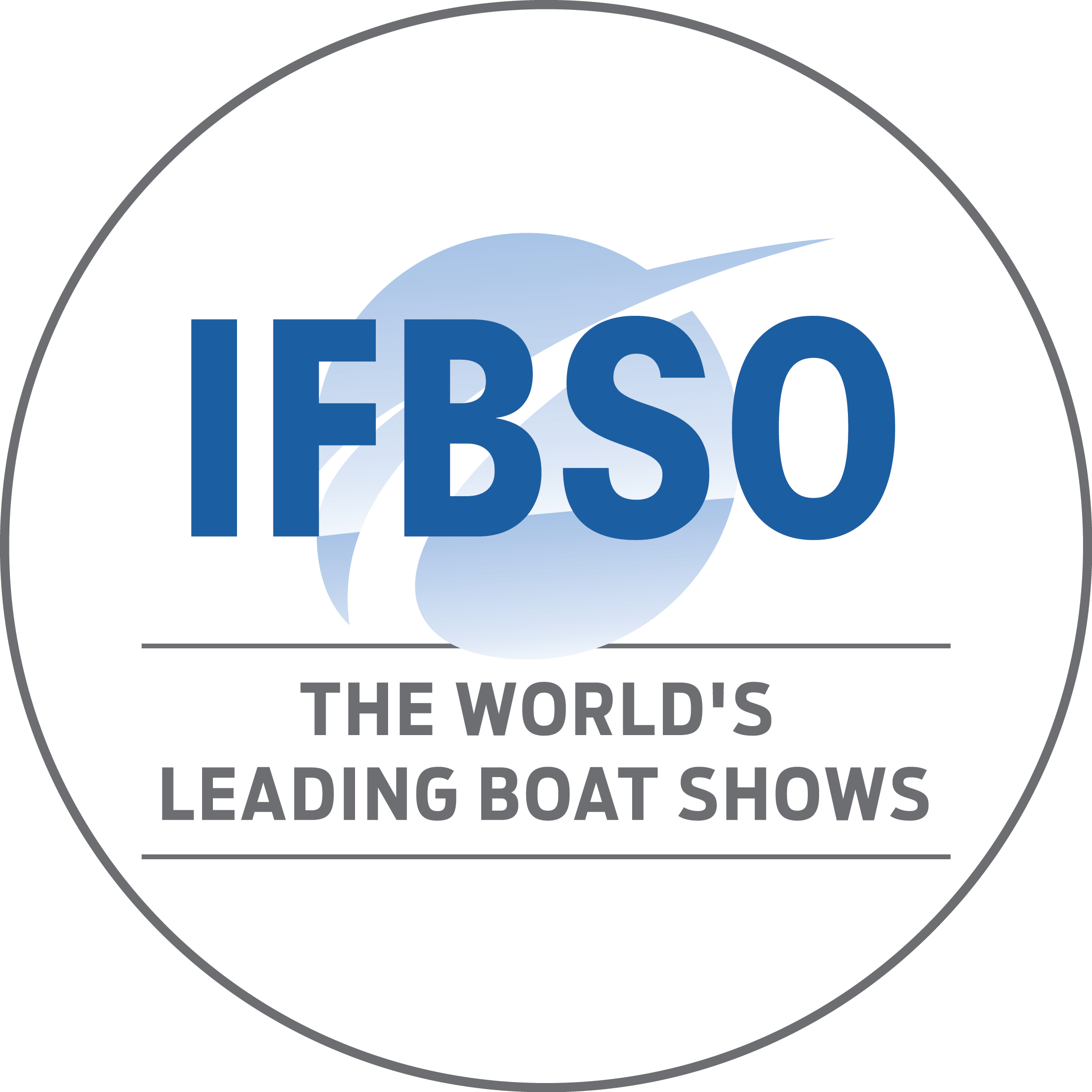Optimism abounds in the Dutch superyacht market, with order books filled with deliveries into 2017
Dutch superyacht builders are putting a hectic year to bed – one in which spec-building was the norm, order books were filled with deliveries into 2027. Heesen Yachts expects to end 2024 with a revenue of €230m and 12 yachts in build. “We remain optimistic about the future,” says CEO Niels Vaessen.
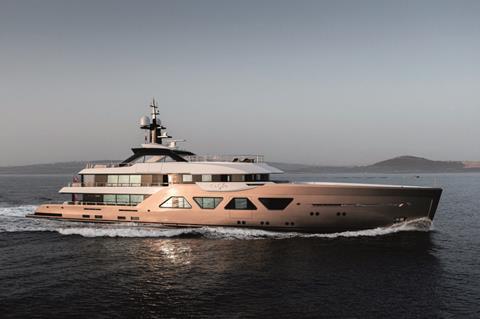
The Dutch industry – and, in fact, worldwide – enjoys a big leg-up, he said at the recent Monaco Yacht Show. There are 2,800 billionaires, 880 in North America and 569 in Europe alone. They are a growing reservoir of future clients, especially for the Dutch sector, which shuns serial construction and markets very pricey, highly customised yachts.
In 2024, a Dutch investment fund, O2 Capital, became the owner of the venerable Royal Huisman yard. Also, Royal Huisman debuted a 52m (171ft), 30kt+, six-deck super sport fisher named Special One at the MYS. Royal Huisman is breaking into power yachts (in 2021, it delivered Phi, a 58.5m (192ft) motoryacht, without abandoning sailing yachts. It works on three sailing yacht projects of 65m (212ft) and up.
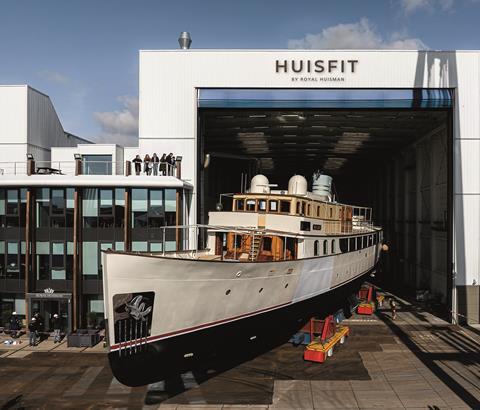
Damen Yachting completed the launch of the Amels 60 and Amels 80, two models that upgraded its bread-and-butter Amels-branded Limited Editions. The yard always has one in spec-build. Damen Yachting is based in the North Sea port of Flushing. “Our location is the largest superyacht facility in the Netherlands,” says Damen Yachting managing director Rose Damen. She heads a unit of the large Damen Shipyards Group. Its chairman, Kommer Damen, bought Damen Yachting in 1991. At age 80, he is still active in the family business.
Damen Shipyards Group builds the bare hulls of Damen Yachting yachts. He serial builds commercial vessels, “and that was quite the success,” he says. “I expected the Limited Editions platform also to be successful.” And it has been.
All Dutch superyacht yards are being built longer, a trend raising questions in the industry. “The largest built in the 1960s and 1970s was about 40m-45m long (131ft-147ft),” says Damen, “and now we see the 60m and 80m (196 and 262ft) yachts, like the ones we build. There is also a demand for even bigger yachts, but I think we, in the middle segment, are in the right range. Looking forward 10 years from now, the main changes will be fuel-related.”
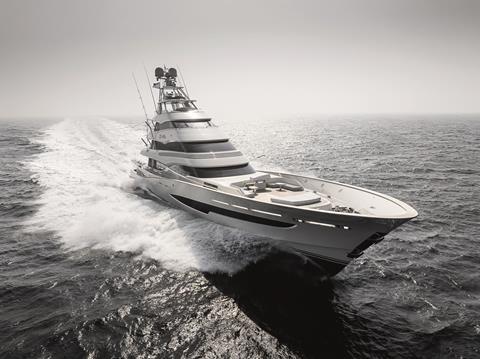
All Dutch superyacht builders are stepping up refits, often through long-term support deals. Oceanco recently welcomed the 70m SKAT that Lürssen Yachts delivered in 2002. Oceanco will perform a refit, including technical enhancements and aesthetic improvements, including installing 35 new windows.
Frederik Marks, project manager refit at Oceanco, says: “This refit aligns with our ambition to respect, preserve and renew existing yachts, giving them a new lease on life that is aligned not only with how we live today, but how we will be living tomorrow.”
Yards building longer include Mulder Shipyard. In recent years, it has turned out almost a dozen MulderThirtySix yachts that come with Van Oossanen Naval Architects’ patented Fast Displacement Hull Form that ensures comfortable sailing, fuel economy at all speeds, and still achieves a maximum speed of 17kt. The fuel consumption at an economical cruising speed of 11kt is less than 80 litres per hour. “We believe that traditional displacement yachts are just too slow and planing boats are often noisy, less comfortable and high fuel-consuming,” says yard owner Nick Mulder.
Mulder plans to introduce a new yacht, the MulderFIFTY, a four-generation yacht. “When we first designed the Mulder ThirtySix, we noticed a gap in the market,” says Mulder. “Wanted to do the same thing with the MulderFifty on a larger scale. This yacht is designed for the owner, their children, parents and grandparents.”
Dutch open-cockpit builders do exceptionally well. Wajer and Vanquish lead that pack, selling well to the superyacht market. Vanquish markets motoryachts of up to 35m (115ft) and has shuffled management to boost expansion. Founder Tom Steentjes has moved to Florida, COO Sander Mars takes Mediterranean marketing under his wings, and Freek de Haas, founder of investment firm Esses Capital Partners, a Vanquish shareholder, has been named interim CEO.
The Netherlands is at the forefront of designing and building eco-friendly yachts with hybrid propulsion, advanced waste management, energy-efficient appliances and other techniques that reduce environmental impact.
A leading factor is Feadship. Its Project 821, at 118m (387ft), carries 16 fuel cells and four tonnes of hydrogen fuel for 10 days of hotel loads and short-range electric propulsion. Its three 2,500kW MTU diesel generators provide power to a pair of 3,200kW ABB azimuthing thrusters, which still require fossil fuel for passage making.
However, this has also been mitigated by running on HVO biodiesel. The hydrogen fuel cells, however, can handle the hotel loads and provide enough power for short-range cruising at 10kt. This allows the yacht to silently enter harbors or cruise in newly established marine conservation zones. According to the Yacht Environmental Transparency Index, around 80% of a yacht’s energy consumption is to supply its hotel load.
Traditional displacement yachts are too slow and planing boats are often noisy, less comfortable and high fuelconsuming
At the Monaco Yacht Show, Feadship revealed its latest concept design, an annual rite of autumn. It is invariably an innovative yacht that brims with edgy technologies. In 2024, Concept C is a nod to the element carbon which builds diamonds, which are the stuff of a 75th anniversary.
Concept designs let yacht-makers experiment with new technologies, materials and ideas. In recent years, Feadship’s concepts focused on sustainability, new fuels, and eco-friendly features. Concept C is a 75m yacht that marks Feadship’s 75th anniversary. “We could start building Concept C tomorrow,” says Feadship.
Concept C boasts advanced technologies like fully electric propulsion systems and wave-energy generation, contributing to a 30% rise in efficiency compared to conventional yachts.
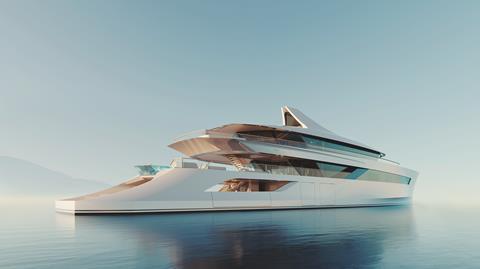
“Why do we do it?” asks Feadship. “Because we are Feadship!” Concepts help gauge market interest, generate feedback, enhance brand image and position a yard as an innovation leader. In Concept C, design blurs the segregation of decks. The fore and aft sections of each deck are staggered by a half-level.
Living and sleeping spaces are just half-level from the next lifestyle area, up or down. Feadship concepts build on previous concepts. For instance,Concept C’s hull shape and fully electric propulsion system with inline counter-rotating props are evolutions from the yard’s Breathe concept of 2010.
A similar system was installed on Feadship’s 83.5m (275ft) Savannah, which was launched in 2015. Concept C’s hull shape allows the propeller to be larger than the norm, yet with the forward-facing pulling propeller on the thruster behind. Fuel cells will provide vibration-free electrical power with no harmful output.
Following on the hydrogen fuel cell power system in Feadship’s 118.8m (390ft) Project 821, Concept C will draw 100% of her power needs from fuel cells running on methanol, complimented by lithium-metal batteries. Feadship sees green methanol as the best near-term option for onboard energy generation.
Industry holds breath as cautious optimism returns
- 1
- 2
- 3
- 4
 Currently reading
Currently readingSuperyacht sector in confident mood

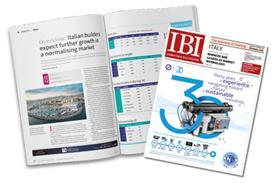
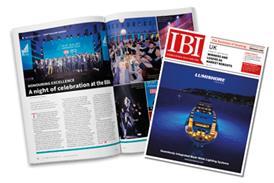
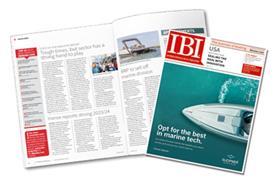
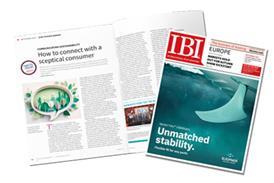
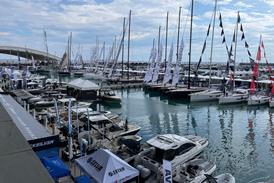
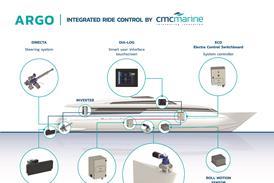

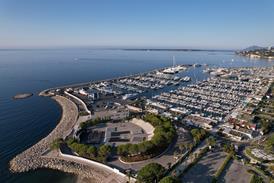
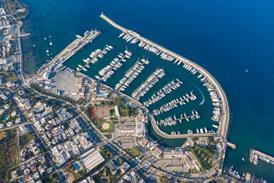
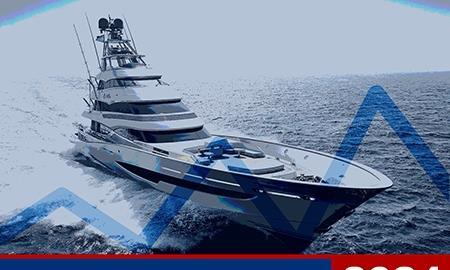



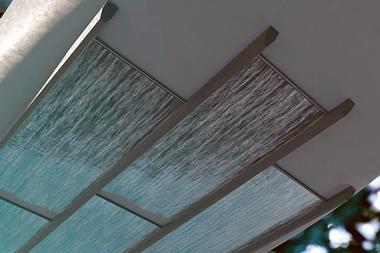

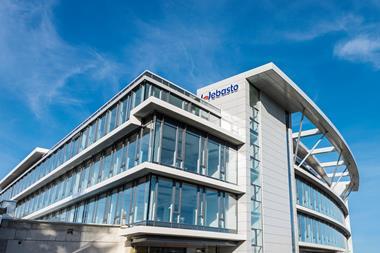
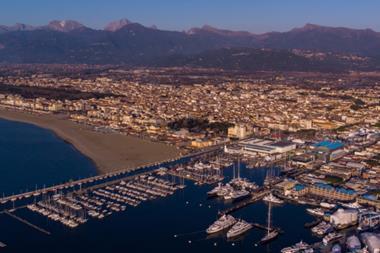

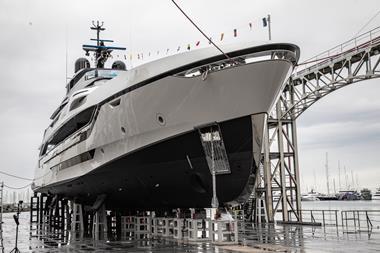
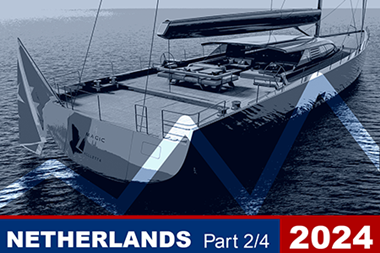

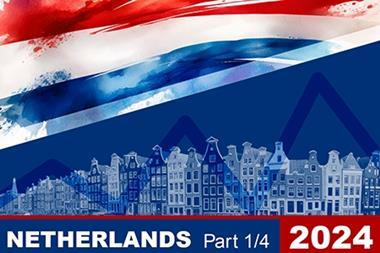
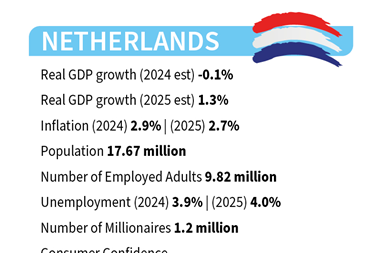
 LinkedIn
LinkedIn X / Twitter
X / Twitter Facebook
Facebook Email us
Email us


